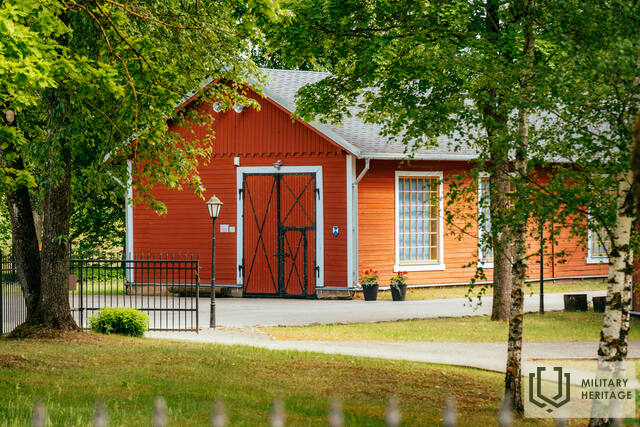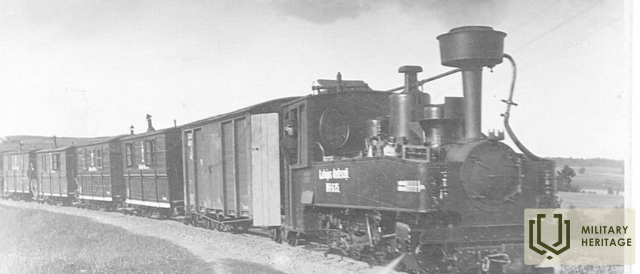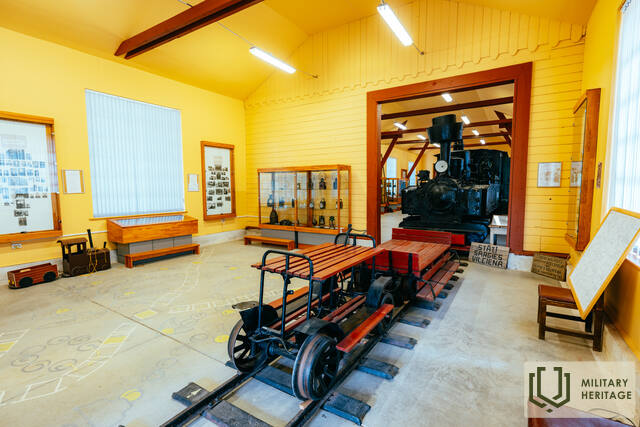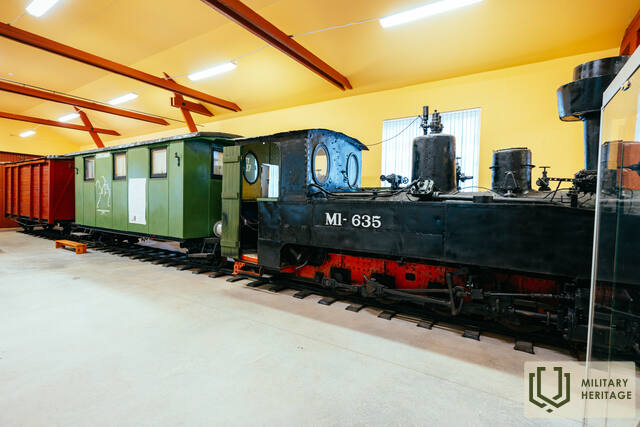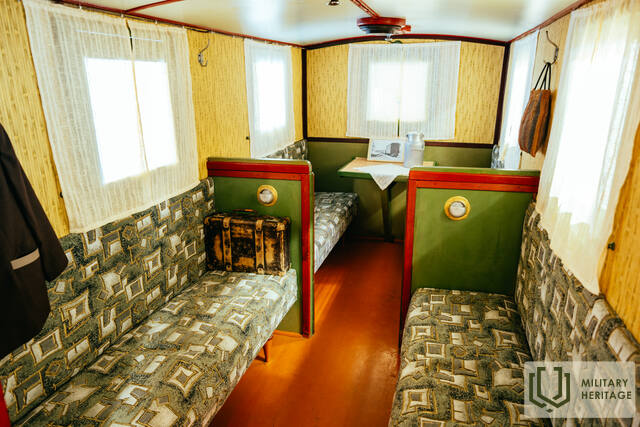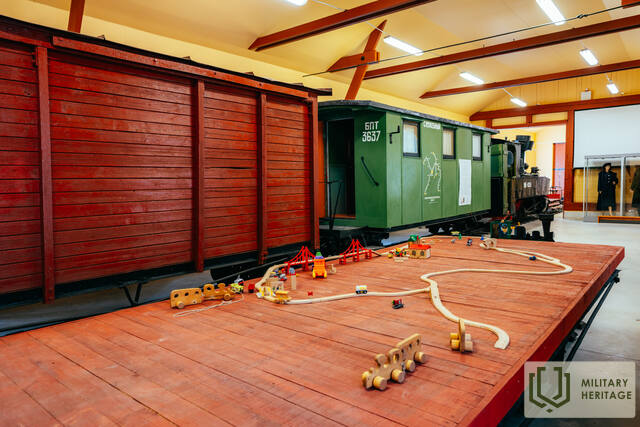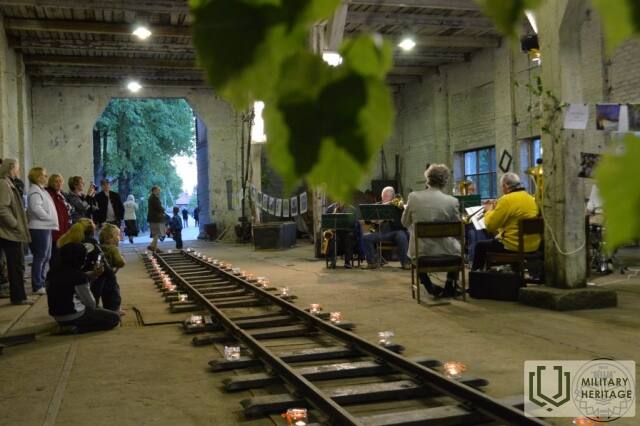“Sēlija” Museum in Viesīte Museum

“Sēlija” museum in Viesīte contains several parts: Sēlija House (Sēlija cultural history exhibition) and Tourist Information Point (located in the former railway office building), the former Locomotive Repair Workshop of Viesīte Depot, Crafts Centre and Sēlija narrow-gauge railway history exhibition (located in the Locomotive Repair Workshop building). The most recognisable part of the Museum in Viesīte is the Little Train Park, which is located on the grounds of the former Viesīte Depot.
The narrow-gauge railway was originally built by the German Army from 1915–1916 to transport military cargo, but, after World War I, it was adapted for passenger transport. The museum displays a steam locomotive manufactured by the Schwarzkopff company in 1918, as well as a service cart built in 1916, a freight cart, a timber transport platform, a horsecar, a trolley, and an exhibition on the Sēlija railway. The museum also manages seven historical buildings of the station. The “Mazā Bānīša Parks” (Little Train Park) is friendly for visitors with children.
Not far from the Little Train Park – in the historical Viesīte Station Square – visitors can see the only narrow-gauge railway section in Latvia with a water pump that has been preserved. Several historic buildings are located near the station square: a railway freight warehouse, a cultural centre, a passenger station building and a dispensary.
Used sources and references:
https://muzejsselija.lv/maza-banisa-parks/
https://visit.jekabpils.lv/lv/objekti/viesites-muzejs-selija/
Related topics
Related stories
600mm narrow gauge railways in Sēlia
It is often said that war is the father of all things, and that has literally been the case with the Latvian rural railways. Any army, whether attacking or defending, requires considerable resources to ensure warfare. When the German army entered the territory of Latvia in 1915, it faced supply challenges. By the end of 1915, the front had stabilized along the Daugava line. Historically, the population density in the territory of Sēlija was low, and therefore there was no extensive network of transport routes.




